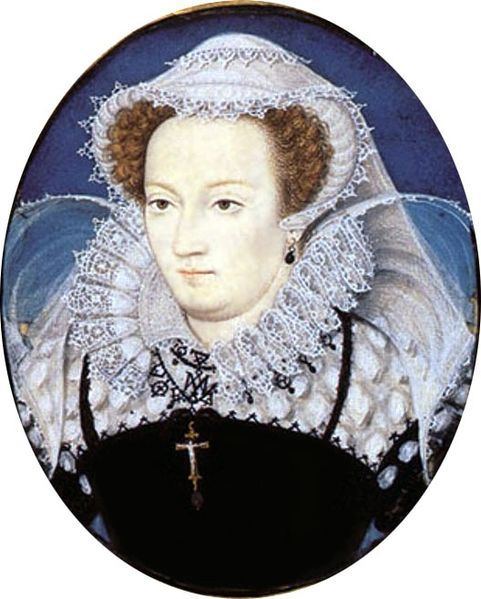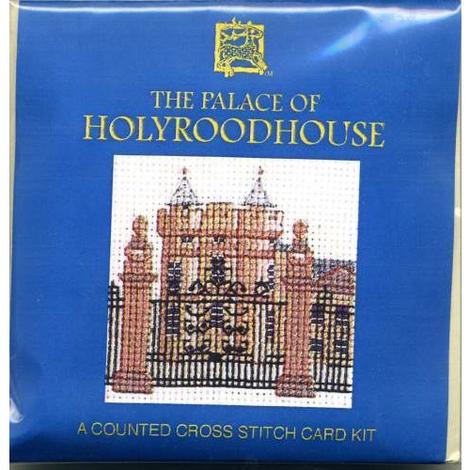
Mary Queen of Scots
Mary Queen of Scots
Mary Queen of Scots is famous for being beheaded on February 8th, 1587 at Fotheringay Castle in Nottinghamshire by her English cousin Queen Elizabeth 1 – daughter of Henry VIII and Anne Boleyn (who also executed by beheading).
Elizabeth had been reluctant to have Mary executed until the Babington plot emerged via intercepted letters that Mary was the subject of an uprising hoping to bring down Elizabeth and install Mary as the rightful Queen.
Mary was tall, beautiful, intelligent yet made many decisions that would ultimately lead to her own Scots people threatening her and driving her to England and supposed sanctuary. That sanctuary was, in fact, imprisonment for 9 years in various castles throughout England, including Carlisle Castle, Bolton Castle, Tutbury Castle, Sheffield Castle and finally Fotheringay Castle.
Mary was born to a life of privilege, daughter of King James V of Scotland and Mary of Guise on the 8th December, 1542.
Spending most of her formative years in France and eventually marrying the French Dauphin, Francis, Mary became Queen of France for a very brief period of time before the early death of Francis. Journeying back to Scotland after his death, marked the beginning of many missteps that would bring about her downfall, including ill-conceived marriages – and suspicion of being party to the murder of her husband Darnley with the Earl of Bothwell.
Mary lived in the Palace of Holyroodhouse in Edinburgh between 1561 and 1567.
Other places of interest are Saint Giles Cathedral – originally a Catholic Cathedral – became Presbyterian in 1560 – even though Mary was a Catholic Queen, the Scottish Parliament declared Scotland a Protestant country under the influence of John Knox.
Mary’s son James VI – who would eventually become the successor to Elizabeth 1 – was born in Edinburgh Castle in 1566.
It was in Edinburgh Castle that Mary was presented to the Scots people as their Queen by her mother.
Many said she had more right to the English throne than Elizabeth. After all, Anne Boleyn’s marriage was declared null & void and Elizabeth declared bastard by Henry VIII, leaving Mary as the next rightful heir.
Mary’s life mixed tragedy, power, adventure, wealth and death.
May she rest in peace.
Mary Queen of Scots - Accomplished Embroiderer
Did you know Mary Queen of Scots was an accomplished stitcher?
During her imprisonment, Mary relied on natural wildlife books for her inspiration and many of these pieces of needlepoint were made into the "Marian Hanging" - some of these designs are available on our website:
Inspired by Mary Squirrel Cross Stitch Pattern
Inspired by Mary Rabbit Cross Stitch Pattern
Inspired by Mary Drake Cross Stitch Pattern
Inspired by Mary Dog Cross Stitch Pattern
Inspired by Mary Cat Cross Stitch Pattern
Textile Heritage offers some famous Edinburgh landmarks associated either with Mary Queen of Scots or her enemy John Knox.
Think about Mary as you cross stitch Edinburgh Castle, The Palace of Holyroodhouse and Saint Giles Cathedral.


A fun education tool for teachers are the Brass Rubbing Kits that students can work on to create images of Mary Queen of Scots and Elizabeth 1.
Brass Rubbing Kit Mary Queen of Scots

